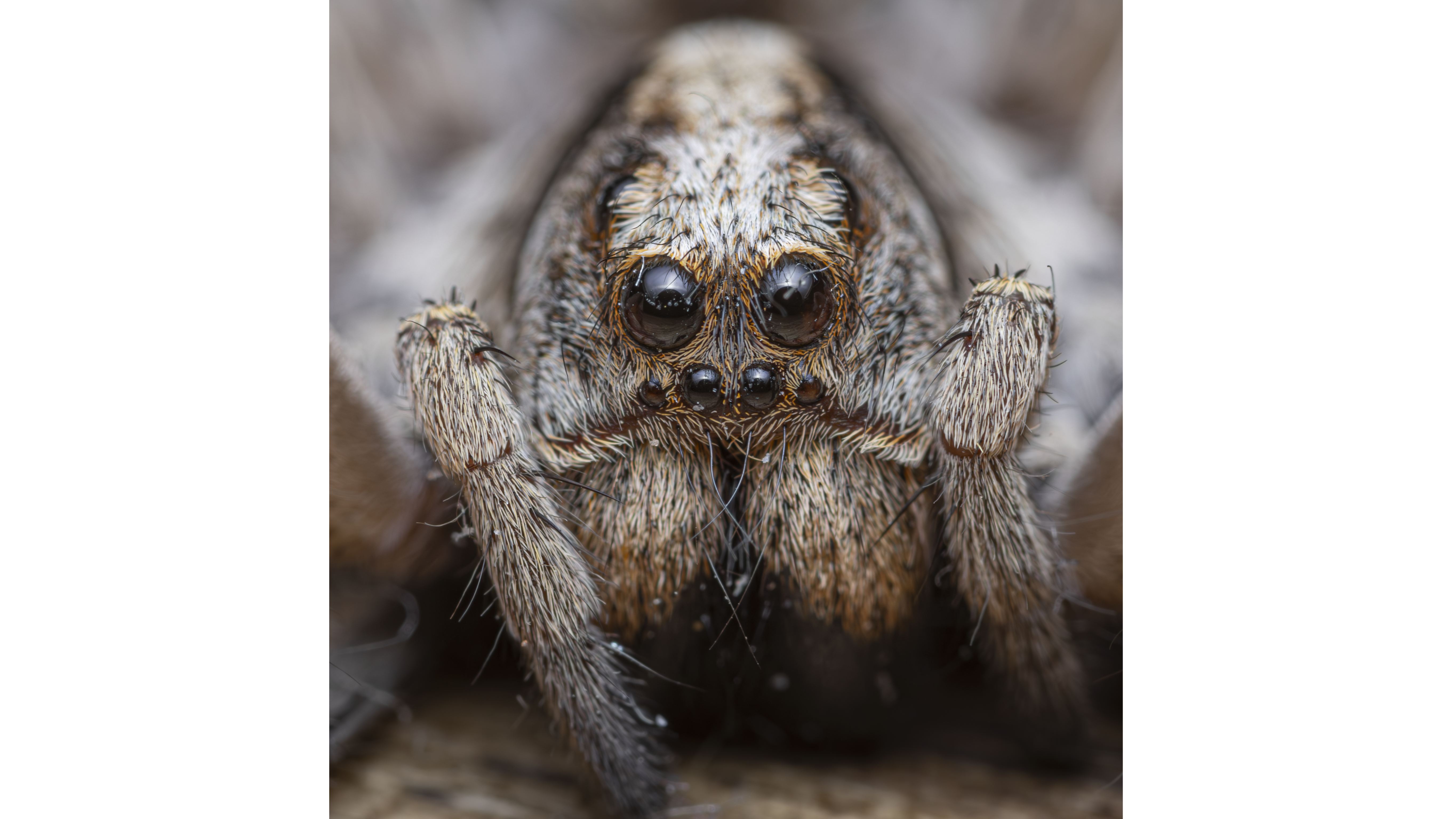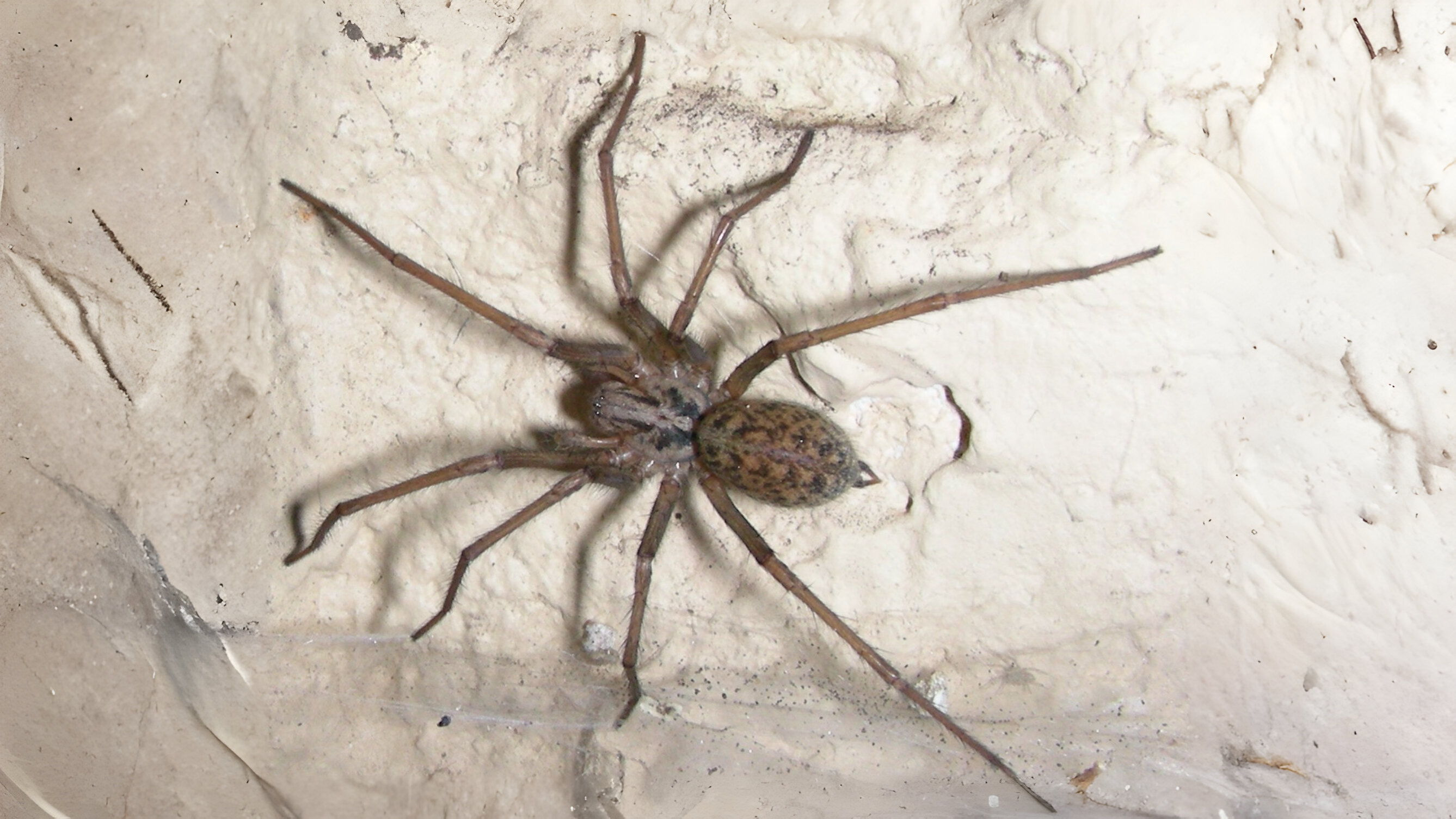
Join us for an enlightening journey through the often-overlooked world of winter's smallest inhabitants. Whether you're a nature enthusiast or simply curious about the hidden life around us, this article will captivate and inspire you.
If the soil is not hard, snails and slugs may also be seen. Earthworms, Aristotle’s “intestines of the earth” are making casts again, betraying their whereabouts for crowds of hungry gulls and rooks that we see in fields. Soil, leaf litter and compost heaps are all home for myriad numbers of nematodes, springtails and other tiny invertebrates, all of which go generally unnoticed. Some queen bees may be seen feeding on flowers, sipping nectar, but queen wasps are likely to be still hanging by their jaws in some hidden crevice. The long tongues of these early bees may stretch half way down the length of a crocus flower trying to reach the nectar. Buff-tailed and White-tailed bumble bees may be seen feeding on newly opened willow catkins.
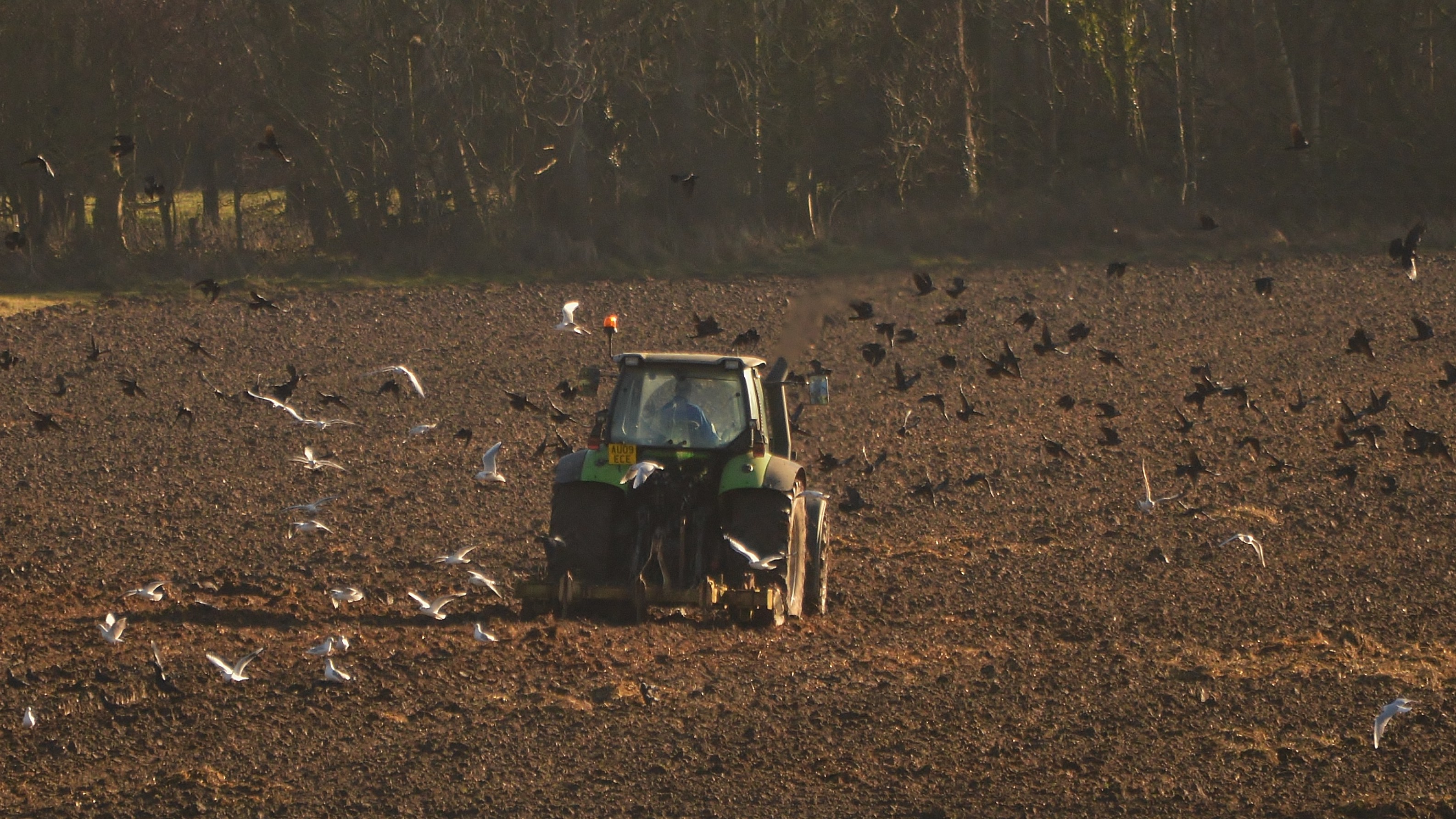

Male earwigs are starting to leave the communal nest they may have shared the winter with other males and females. The nest could just have been a piece of discarded newspaper. The females may now be laying thirty or more yellow eggs which unlike most other invertebrates they will care for tenderly. Their eggs hatch into shiny white miniatures of themselves, with big black eyes. They have straight pincers at their rear, compared with the familiar curved ones of their parents.
Traditionally, the insect year starts on St Valentine’s Day, February 14th and finishes on Guy Fawkes night, November 5th. The insect highlight of this month is usually the first sighting of a butterfly. This is normally a small tortoiseshell, comma, peacock, red admiral or brimstone.
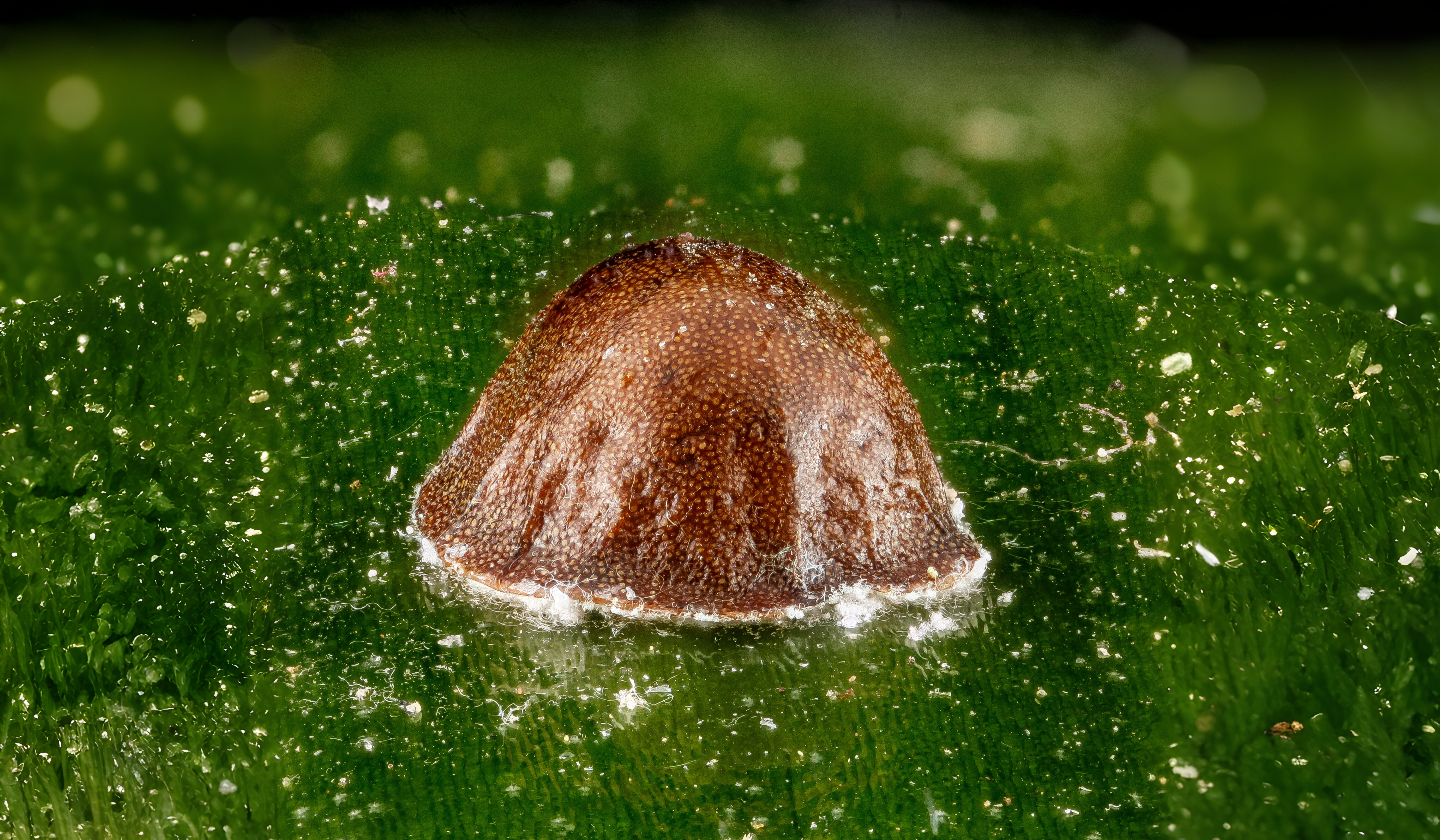

Along with the small collection of mainly male moths in January, one or two more undistinguished moths now join them. The most famous and probably the most frequently seen is the aptly named Spring Usher Agriopis leucophaearia. Once again, in this species it is only the male that will be seen as the female is wingless. He is attracted to brightly lit windows. The Dotted Border Agriopis marginaria has tawny-coloured wings and again it is only the male that flies.
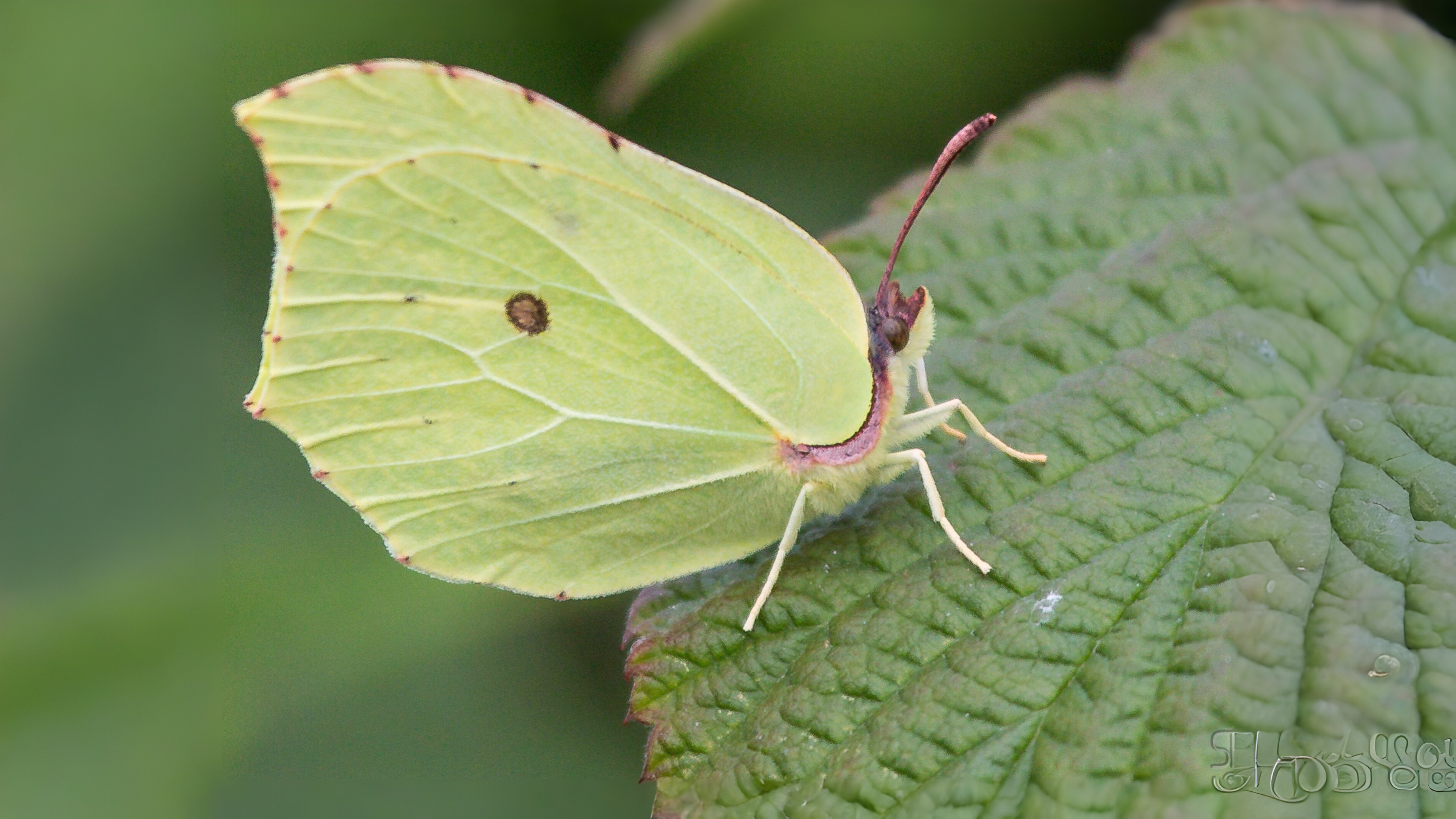

They have the habit of settling on birch twigs and wrapping their wings around the twig. As they also fly and are attracted to light, there is quite a reasonable chance of seeing one.
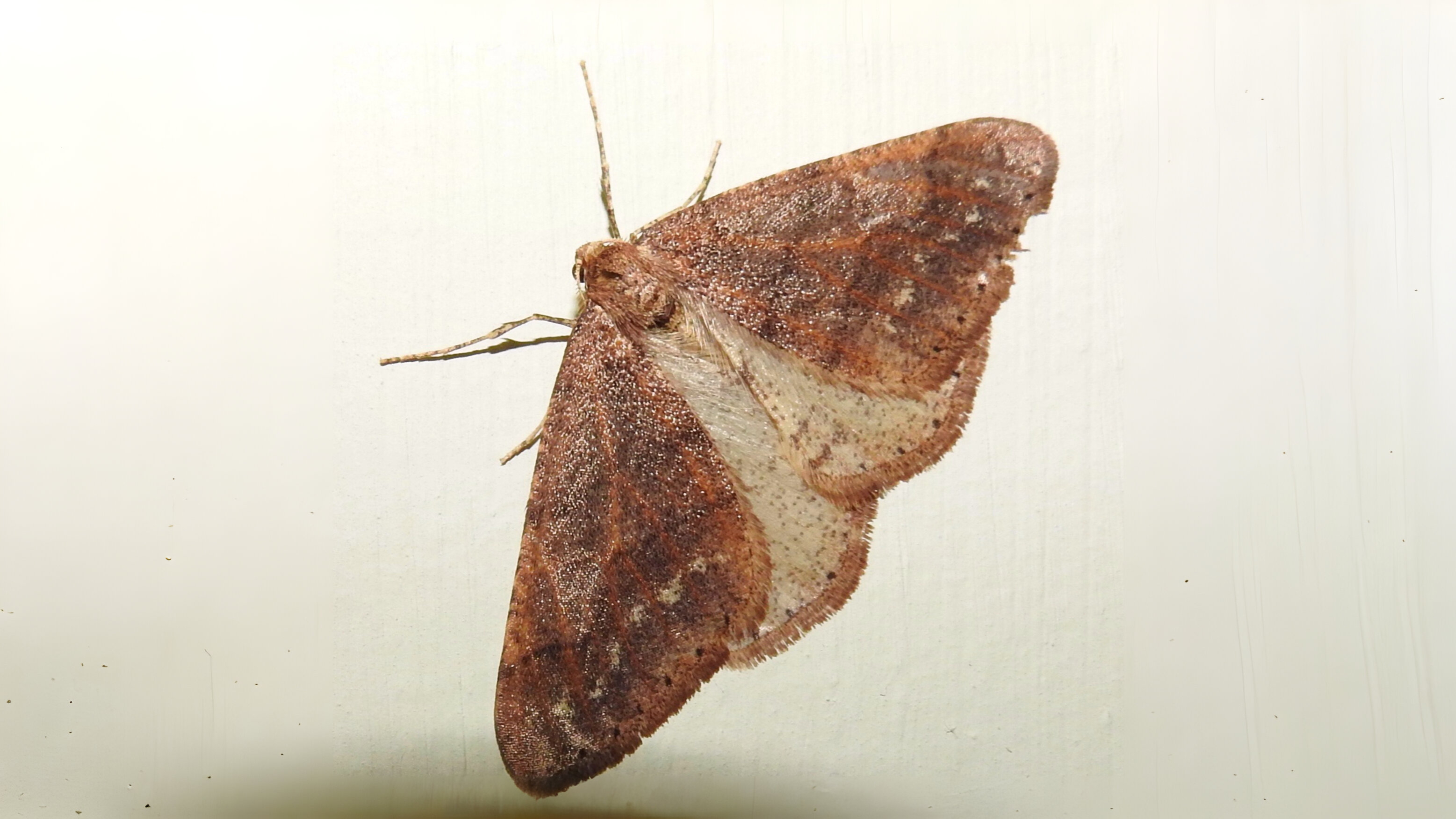

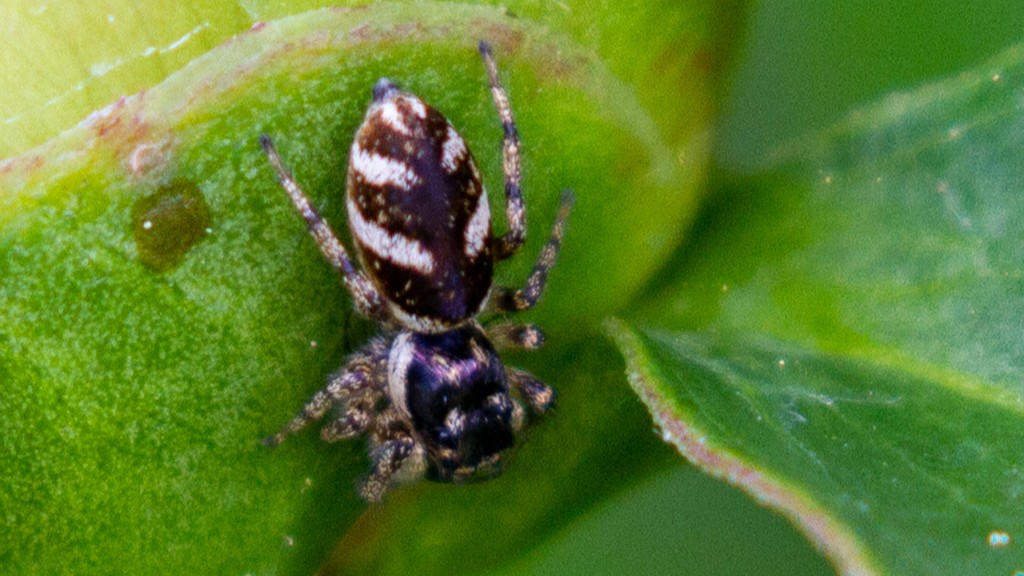

Mostly they are not seen in the winter as there is not much to eat and many die in the cold of late autumn. Those that do survive the winter often do so as eggs, immature adults or old females. Species such as the red Woodlouse spider Dysdera crocata can still be found as their jaws are strong enough to lift the segments of a woodlouse and kill it. Otherwise we tend to notice indoor spiders or rather spiders that choose to spend their winter indoors with us.
